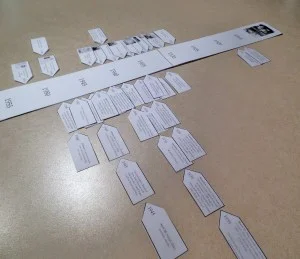To be completely honest, as a teen, historical studies were not my cup of tea. I’d gloss right over as teachers would yammer on about the geographical locations of historical battles. And, then, to have to pair that information with the dates they occurred…well, look for me hiding out in the janitor’s closet.
That being said, if I would have had a book like Charles Novacek’s memoir Border Crossing: Coming of Age in the Czech Republic (published by Ten21 Press) to connect with me on emotional level from the start, maybe studying WWII as a teen might have been a more palatable experience. I do know that I’m richer for the experience of creating an Educator’s Guide for this incredible book.
Synopsis: Charles Novacek’s free-roaming childhood came to an end in 1939, as war raged across the continent and the Nazis occupied Czechoslovakia. Charles and his sister were inducted into the Czech Resistance. At an age most children were learning how to diagram sentences, they were learning how to resist torture, handle phobias, and to control pain, hunger and thirst. Reflecting the desperation of the times, they were warned to trust no one.
The Educator's Guide has been crafted with the overall intent to connect readers with Charles’ emotional journey as a young man growing up in a time of historical turmoil. The lessons and activities presented in the guide are creative, intuitive, and informative, thus allowing students to consider Charles’ plight as if it were their own. All aspects of the guide have been aligned with the Common Core Anchor Standards of Reading Informational Texts, Writing, Speaking & Listening, and History/Social Studies for grades 6 to 12.
Timeline activity
The structure of the guide is defined by the use of personal bookmarks which establish four sections of study, each beginning with discussion questions inspired by quotations cited from the text and followed by carefully crafted, interactive activities. For instance, as a young man, Charles was inspired by Rudyard Kipling’s poem “If.” In the guide, students are encouraged to analyze the poem, through citation and interpretation, in light of character traits demonstrated by Charles throughout his life. Also, being that poetry and art helped define Charles’ inner character, students are guided to craft a free verse poem based on their perception of what life in a Bavarian displaced person’s camp might be like.
The final activity is a hands-on, manipulative timeline through which young people can compare and contrast historical events with those of Charles’ personal life. Students are directed to use scissors and tape to craft the timeline and then lay out tabs labeled with intriguing information in a sequential manner using the dates printed on the timeline as guides. Lastly, they are instructed to write an essay interpreting the correlations between the historical tabs and those that represent Charles’ life.
This unforgettable book distills history down to a person level, one that young people can connect with emotionally. Students will identify with Charles and his initial desires to be a regular kid, engaging in activities and interests much like their own. As the incredible story progresses, students will be shocked by the unbelievable trials Charles was forced to endure – trials that are documented through letters, documents, and pictures. In short, Border Crossings: Coming of Age in the Czech Resistance transcends a factual study of war and geography into an experience and appreciation of a man’s soulful journey of heartfelt love for his country and her people.






